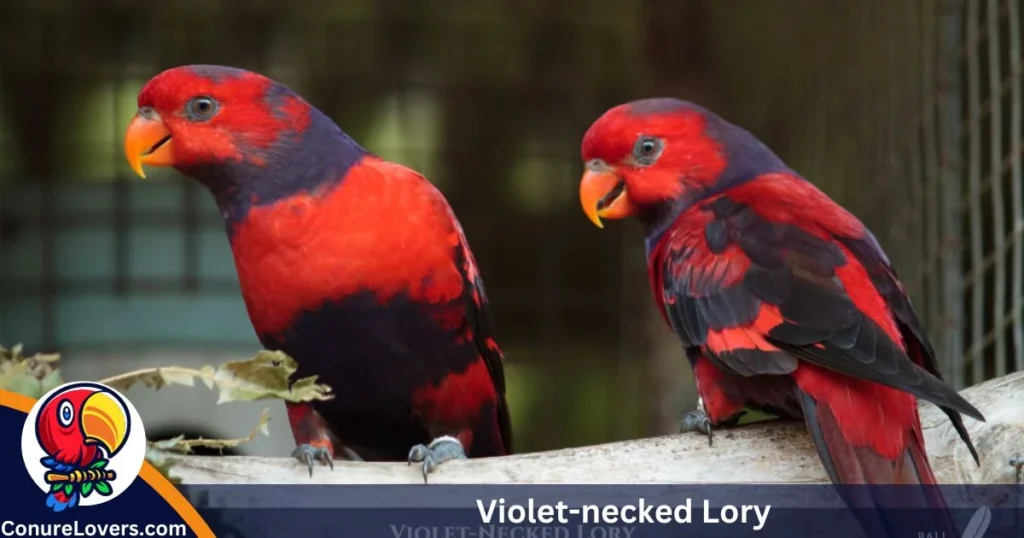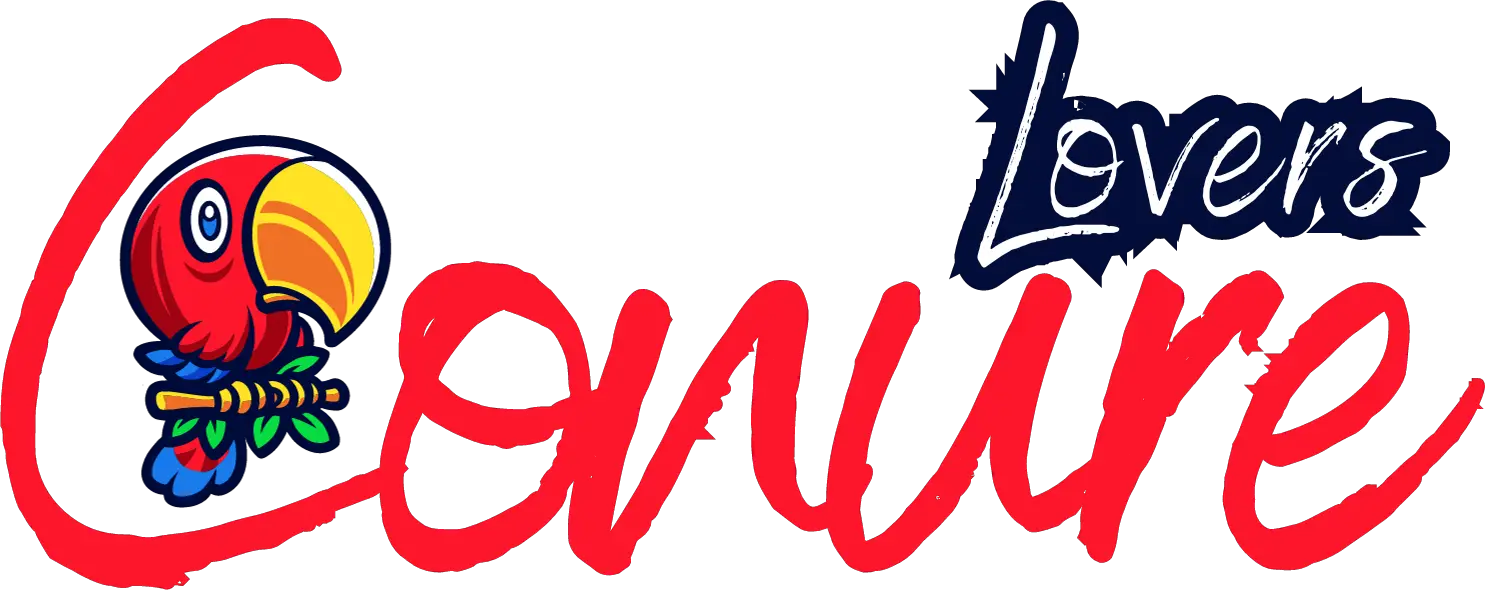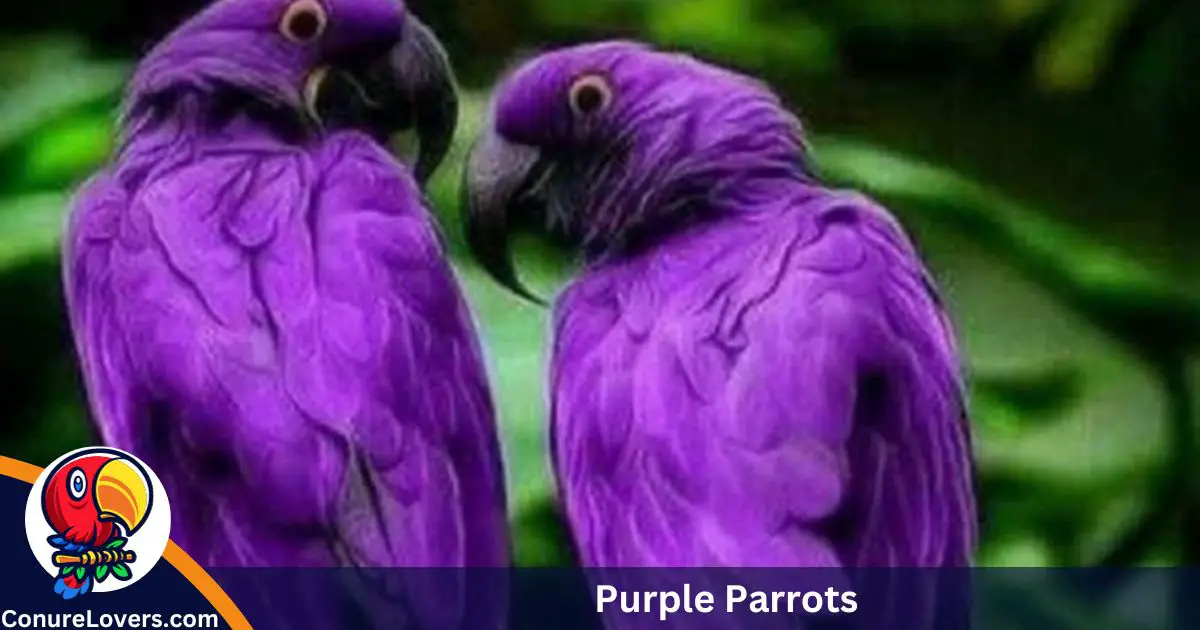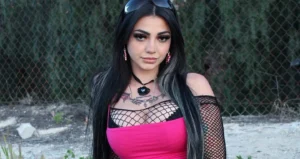Think of these amazing birds with bright, magical feathers. But in real life, finding completely purple parrots is not common. Usually, you’ll see parrots with some purple feathers mixed with other colors in different parts of their bodies.
Ever wondered if there are real-life purple parrots? Picture these magical birds with stunning, mystical colors. However, true purple parrots are rare. Usually, you’ll find parrots with bits of purple in their feathers, along with other hues.
Some flaunt shades of blue, red, and green, but the actual purple tends to lean more towards indigo. Let’s delve into some popular parrot species known for their touch of purple in this article.
Purple Parrots only live in Brazil, but sadly, it was officially declared extinct in the wild in 2019. There’s good news – efforts to breed.
Indian Ringneck Parakeets
Sure thing! Indian Ringneck parakeets, also known as Rose-ringed parakeets, are cool parrots from Asia and Africa. They’re famous for their bright green feathers, which look awesome.
But guess what? Some of them go beyond green and show off purple feathers! Yep, these purple patches can pop up on their heads, wings, or tails, making them even more stunning. It’s like having a dash of magic in their already beautiful look!
Budgerigars (Parakeets)
Meet the cute and sociable buddies of the bird world – Budgerigars (Melopsittacus undulatus), also called budgies or parakeets, originally from Australia. These little birds are loved for their playful nature and a fantastic range of colors. While you often see them in lively blues, greens, yellows, and whites, some budgies also rock feathers that are purple or indigo. Imagine that pop of purple adding an extra touch to their already charming look! The picture above is of a budgie from my friend, with a yellow head and a cool purple body!
Read Also: Why Parrots Talking And How To Teach Them | Plum-headed 2024
Lovebirds

Sure thing! Lovebirds are these super cute parrots, like Agapornis roseicollis (Peach-faced lovebirds), Agapornis fischeri (Fischer’s lovebirds), and Agapornis personatus (Masked lovebirds). People adore them because they’re so affectionate and have these really bright feathers. They’re like the social butterflies of the parrot world, always lively and looking adorable in their green, yellow, and blue colors. And guess what? Some of them can even have cool purple feathers!
Look at the picture below of Taro, a special opaline violet lovebird owned by a friend. It’s like having a little burst of rainbow in your home!
Eclectus Parrots
Eclectus parrots, scientifically called Eclectus sp., are fascinating birds found in the rainforests of Papua New Guinea, Indonesia, and the Solomon Islands. What makes them stand out is their noticeable gender differences.
Males and females look really different! The females have this amazing bright red or maroon plumage, with vibrant shades of purple and blue. It’s a bit different for each type of Eclectus parrot—like the roratus and vosmaeri subspecies, which have various shades of purple. Roratus has a darker purple chest, while vosmaeri has a more lavender hue.
These parrots are not just pretty faces; they’re super smart and social. They can mimic sounds like pros and love to chat. Their diet includes fruits, seeds, nuts, and blossoms. But, there’s a bit of a worry about their conservation because of losing their homes and being in the pet trade. People are working hard to protect where they live and make sure they’re taken care of as pets responsibly. We want to keep these amazing and unique parrots around for a long time!
Violet-necked Lory

The Violet-necked lory (Eos squamata), also known as the Plum-headed lory, is a captivating bird found in the rainforests of Indonesia. These medium-sized parrots get their name from the gorgeous purple plumage on their neck and head.
Beyond their stunning colors, these lories are playful and social, often hanging out in small flocks. They munch on nectar, pollen, and various fruits for their meals. Sadly, they’re in a bit of trouble due to losing their homes and getting trapped illegally for the pet trade.
It’s crucial to work hard on conservation to keep these beautiful birds with their unique purple feathers around for the long haul.
Plum-headed Parakeet
The Plum-headed parakeet (Psittacula cyanocephala) is a stunning bird found in the Indian subcontinent. These medium-sized parakeets are known for their clear sexual differences. The males have a bright and eye-catching look, sporting a head with pinkish-purple feathers.
On the other hand, females have a more subdued appearance, with a grayish-purple hue on their head. These parakeets munch on fruits, seeds, and blossoms. Unfortunately, they’re in a bit of trouble because of losing their homes and getting trapped for the pet trade. Conservation efforts are crucial to help these beautiful birds thrive.
Sure, here are brief answers to your questions:
FAQ
- Is there such a thing as a purple bird?
Yes, there are birds with purple plumage. Some examples include the Violet-backed Starling and the Purple Honeycreeper.
- What is the rarest color of parrot?
The Spix’s Macaw, also known as the Little Blue Macaw, is considered one of the rarest parrots, and its unique blue color adds to its rarity.
- What kind of parrots are in Pakistan?
Pakistan is home to various parrot species, including the Rose-ringed Parakeet, Alexandrine Parakeet, and Plum-headed Parakeet.
- Where do purple macaws live?
Purple macaws are not a natural species. However, the Hyacinth Macaw, which is the largest macaw species, is known for its stunning cobalt-blue plumage and can be found in parts of South America, especially in Brazil.
Conclusion
In conclusion, while it’s not common to find real purple parrots, we do see some cool examples. Like the females of Eclectus parrots with their bright purple feathers or the occasional indigo shades in Violet-necked lories. It just goes to show how diverse and beautiful birds can be!

Nicholas Clark here, your Easy Conure Care Guide at “Conure Lovers.” I’m here to simplify conure care for you. Let’s navigate the basics together, ensuring your feathery friend enjoys a colorful and chirpy life.












